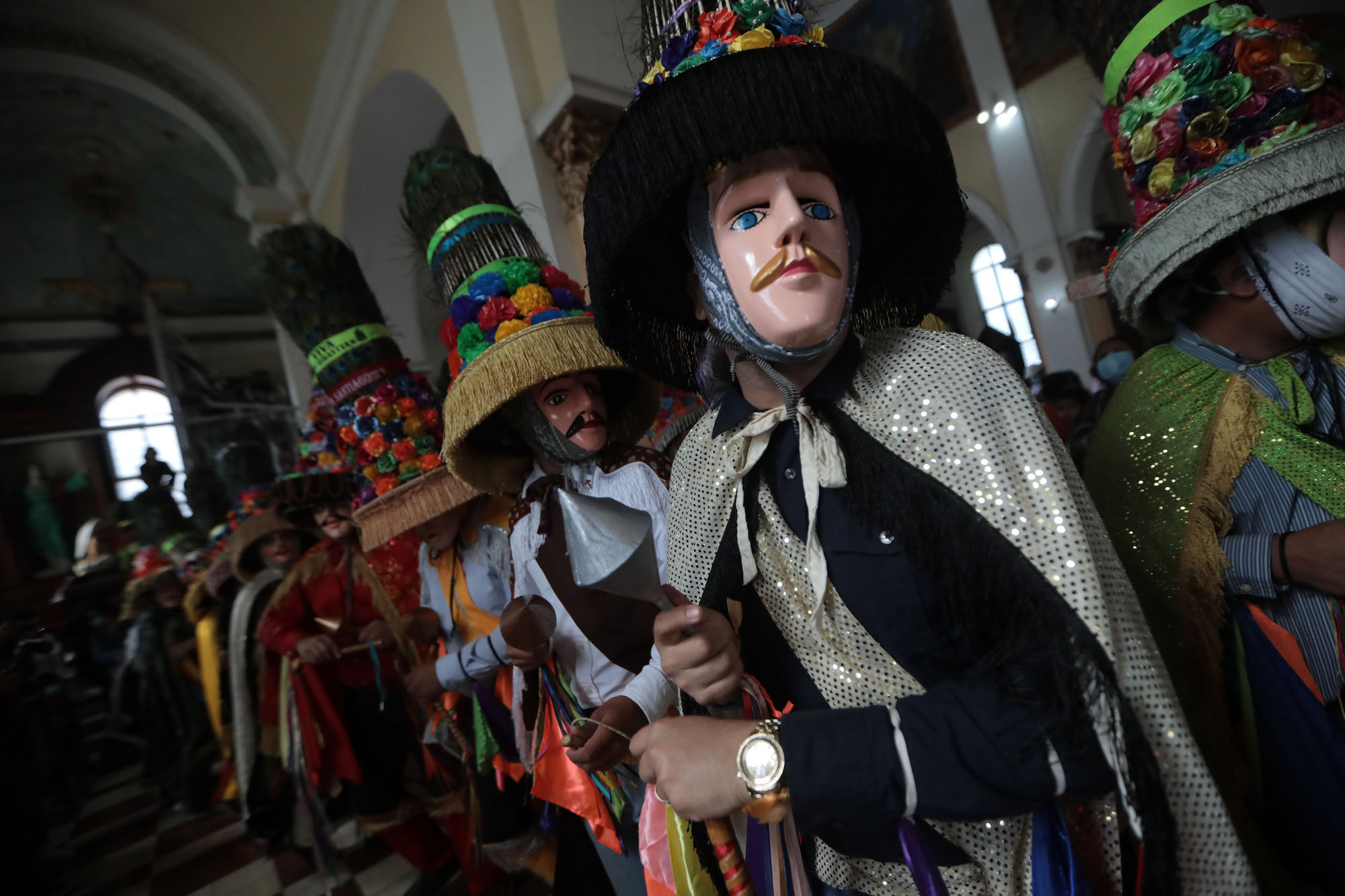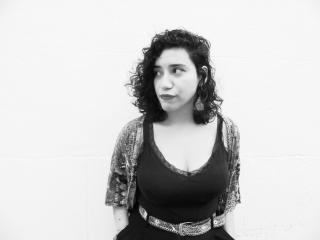
The 'Toro Huaco' dance in the streets of Nicaragua
An ancient and traditional Nicaraguan dance returned to the streets of the country on the patron saint's day of San Sebastian.
Every year, the streets of the city of Diriamba, in southern Nicaragua, are filled with color, music and dance as part of the celebration of the patron saint's day in honor of San Sebastian. The dance of the 'Toro Huaco' captures the attention of those present, mostly tourists who come to celebrate. However, this Wednesday, Jan. 19, hundreds of Nicaraguans were also present at the celebration.
The patronal feast is celebrated between Jan. 17 and 27 every year, and the celebrations begin with a mass on Jan. 19. “San Sebastián” is more than 300 years old, and begins with a procession in which the parishioners carry images of San Sebastian, San Marcos and Santiago Apostle. These three religious references are united in the so-called 'Tope de Santos,' between dances, handmade bombs, and "promesantes," who advance on their knees in the procession.
The dance of the 'Toro Huaco' is an ancient and traditional dance that represents the ingenuity and rebelliousness of the Nicaraguans to survive in colonial times. The traditional celebration includes bullfights, popular celebrations, masses, reveille, processions, dances and revelry.
RELATED CONTENT
The 'Toro Huaco' dance fuses the Indigenous and Spanish cultures, attracting the eye with the colorful costumes of the dancers, and masks that emulate the European conquistadors. The music of the dance is at the same time soft and penetrating, with drums and flutes interpreting the melody.
Hundreds of "promesantes," traditionalists and tourists came to witness the beginning of these festivities, which is marked by the "descent" of the image of San Sebastian, who walked through the streets of the city escorted by a "sea" of people dancing to the sound of a flute, a drum and a violin.











LEAVE A COMMENT: